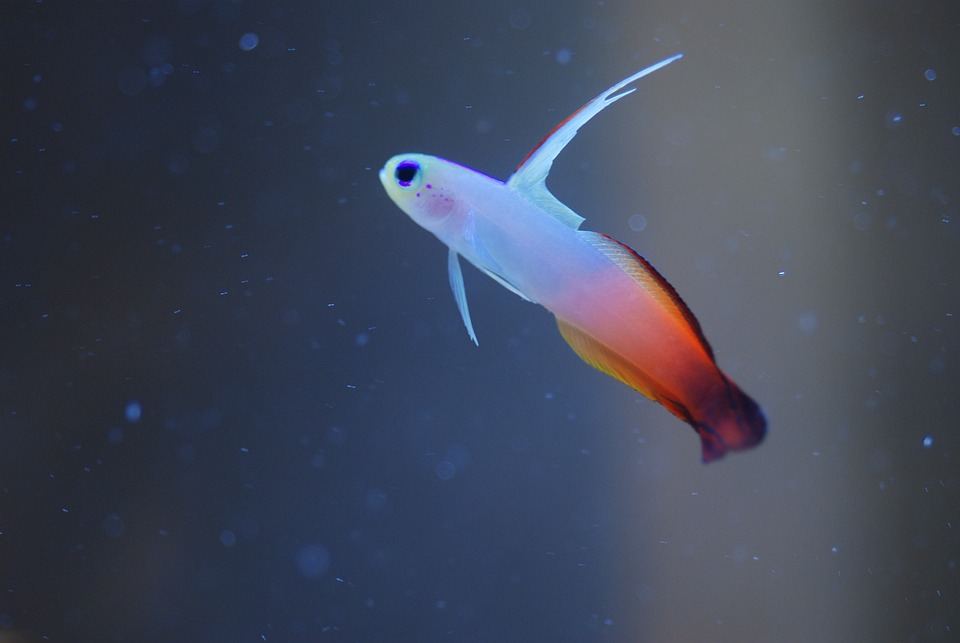Encouraging Natural Curiosity in Fish Through Tank Exploration
Exploring the Depths: How to Foster Natural Curiosity in Your Fish
As a fish enthusiast, you undoubtedly want your aquatic pets to thrive and exhibit their natural behaviors. Encouraging curiosity in fish is not only enjoyable for you as an observer but also crucial for the overall well-being of the fish. One way to achieve this is by providing them with an environment that promotes exploration and stimulates their innate curiosity. In this article, we will delve into the concept of tank exploration and offer practical tips on how to encourage natural curiosity in fish. Additionally, we will address some frequently asked questions to enhance your understanding of this fascinating topic.
Understanding the Importance of Curiosity in Fish
Before we jump into the specifics of promoting curiosity in fish, it is essential to recognize why curiosity matters for aquatic creatures. Fish, like any other living beings, have evolved to possess natural instincts and behaviors. Curiosity is one such behavior that helps fish explore their surroundings, seek out food sources, and interact with their environment. Encouraging curiosity not only provides mental stimulation for fish but also mimics their natural habitats, leading to improved overall health and well-being.
Creating an Environment Conducive to Exploration
To foster curiosity in fish, it is crucial to establish an environment that entices them to explore. Here are some key aspects to consider:
1. Aquascape with Hiding Places: Incorporate various hiding spots such as rocks, caves, and plants, as they create a sense of security and encourage fish to investigate their surroundings.
2. Introduce Novel Decorations: Regularly change or add new decorations to the tank, such as driftwood, aquatic plants, or artificial structures. This helps create a dynamic environment that sparks curiosity and prevents boredom.
3. Provide Open Spaces: While hiding places are crucial, ensure there are open spaces for fish to swim freely. These areas serve as invitation points for exploration and allow fish to exhibit their natural behaviors.
4. Simulate Natural Lighting: Mimicking natural lighting conditions using appropriate aquarium lighting can enhance the fish’s curiosity and exploration. Consider using timers to replicate day and night cycles, further encouraging their natural instincts.
5. Add Varieties of Substrates: Incorporate different types of substrates like sand, gravel, or pebbles to diversify the tank’s environment. This promotes foraging behaviors and encourages fish to sift through the substrate in search of food.
Stimulating the Senses: Engaging Fish Through Feeding and Toys
To further encourage curiosity in fish, it is essential to engage their senses and provide opportunities for mental stimulation. Here are a few strategies to consider:
1. Interactive Feeding: Instead of simply dropping food into the tank, consider using interactive feeding methods. For example, invest in floating food puzzles or attach food to suction-cupped feeding stations. This encourages fish to explore, problem-solve, and actively search for their meals.
2. Toys and Enrichment: Introduce fish-safe toys, such as floating objects or puzzle feeders, to stimulate their natural behaviors. These toys can be moved or rearranged periodically to maintain novelty and interest.
3. Mirror Reflections: Placing a small mirror on the outside of the tank can elicit curiosity and territorial behaviors. However, exercise caution and use mirrors sparingly to prevent stress or aggression.
Frequently Asked Questions (FAQs)
1. Can all fish be curious, or are some species naturally less inclined?
– While individual fish may exhibit varying degrees of curiosity, most fish species possess innate instincts to explore their environment. Creating an engaging tank setup can help stimulate curiosity in any fish.
2. Are there any risks associated with constantly changing the tank’s decor?
– Frequent changes to the tank’s decor can initially stress fish. However, when done gradually and with consideration for their well-being, it can provide mental stimulation and prevent boredom. Monitor your fish’s behavior during and after changes and revert if any signs of distress are observed.
3. Are there any specific toys or decorations that should be avoided?
– Avoid using sharp or metallic objects that may harm fish. Additionally, ensure all toys and decorations are made from fish-safe materials and do not contain any toxic substances.
4. Can overstimulation be harmful to fish?
– While it is essential to provide mental stimulation, excessive or overwhelming stimuli can stress fish. Monitor their behavior closely and adjust tank elements accordingly to ensure a balanced and enriching environment.
5. How often should I introduce new toys or rearrange the tank’s decor?
– There is no strict timeframe for introducing new toys or rearranging the tank’s decor. Aim to make changes every few weeks or whenever you notice a decrease in fish’s interest or activity levels.
By implementing these strategies and understanding the significance of tank exploration, you can create an environment that stimulates your fish’s natural curiosity. Remember to observe your fish closely, adapt their surroundings accordingly, and enjoy the wonders of watching them explore and interact with their aquatic world.









